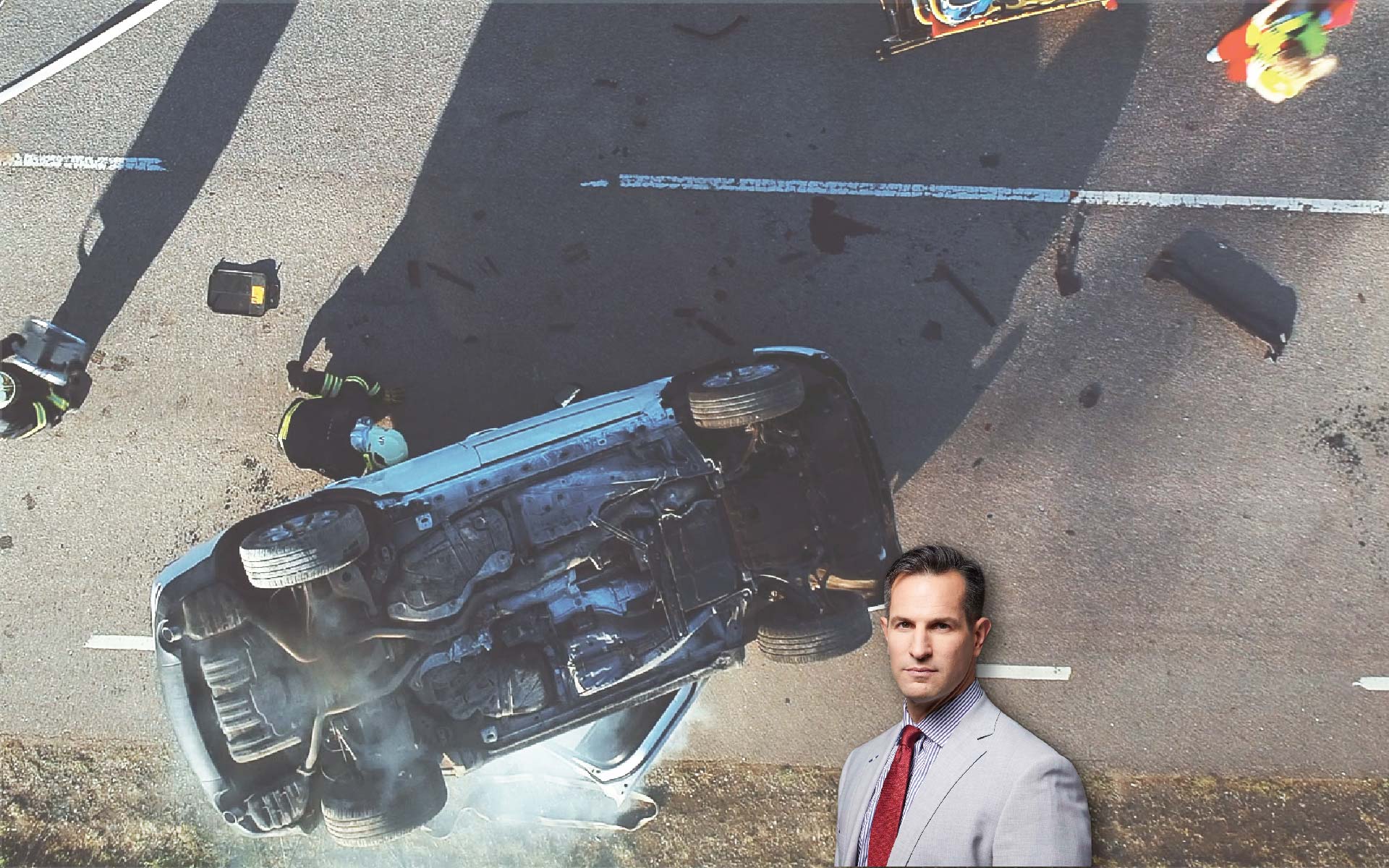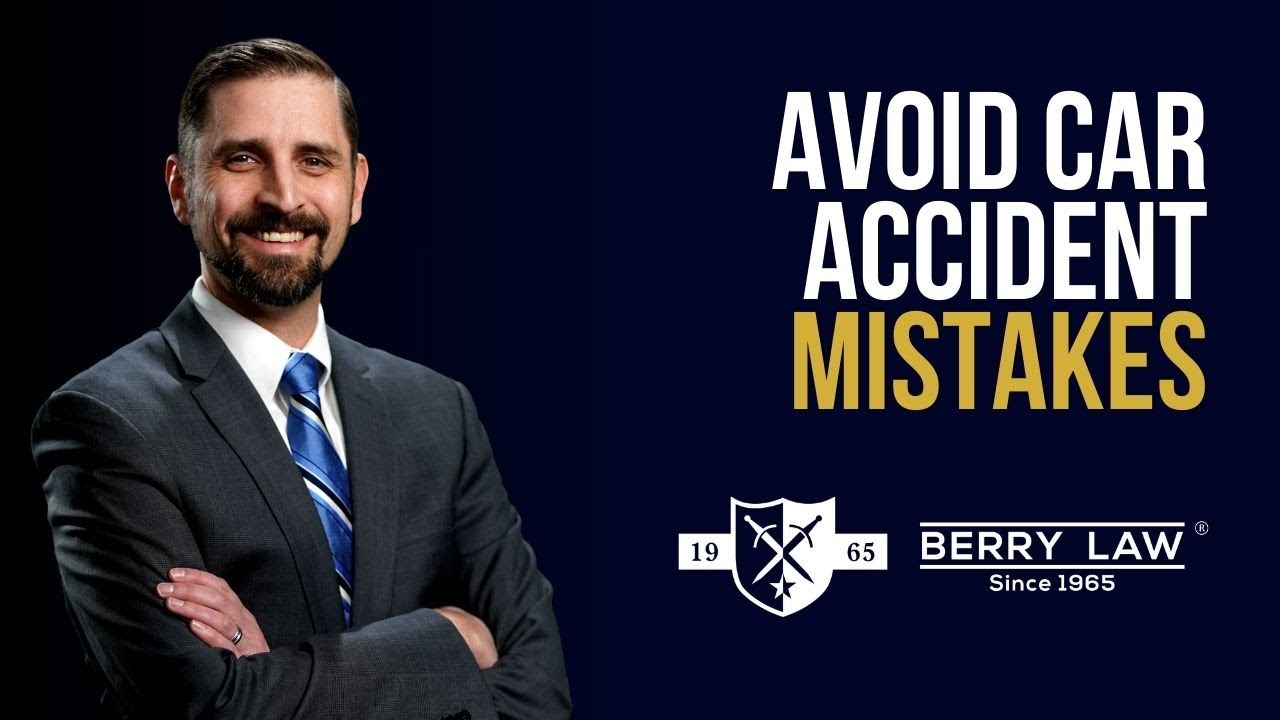A car accident can result in injuries, leaving you shaken and unsure of what’s next. However, please know that you’re not alone. With the right support and guidance, you can focus on recovery from your injuries and begin to move forward with your life.
Let’s go over some different types of injuries that can happen in car accidents to help you grasp your situation better. Along the way, we’ll also shed light on some of your legal rights if any of these injuries have had an impact on you.
If you or a loved one have been injured in a car accident, reach out to an experienced car accident lawyer to ensure your rights are protected and to seek the compensation you deserve.
Common Car Accident Injuries
If you or someone you know experiences a car accident, understanding the potential injuries can help in preparing for what to expect. Below are some common injuries people sustain after a car accident.
1. Traumatic Brain Injury (TBI)
A traumatic brain injury (also known as TBI) occurs when there’s a forceful impact on the brain. These types of head injuries are frequently seen in car accidents when the head abruptly moves forward or hits solid objects such as the side window, steering wheel, or dashboard. Some common types of TBIs that can occur after a car accident include:
Mild:
- Concussion: This is the most common type of TBI, often caused by a bump or blow to the head. Symptoms can include headache, dizziness, nausea, memory problems, and difficulty concentrating. The good news is that most concussions resolve within a few days or weeks with proper rest and care.
Moderate:
- Brain contusion: This is a bruise on the brain, often caused by a direct impact. Symptoms can be similar to concussion but may be more severe and last longer. In some cases, surgery may even be needed to remove blood clots.
- Diffuse axonal injury (DAI): This type of injury involves damage to the nerve fibers in the brain, often caused by rapid acceleration or deceleration of the head. Symptoms can vary widely depending on the severity of the injury but may include coma, confusion, memory problems, and movement difficulties.
Severe:
- Epidural hematoma: This is a collection of blood between the skull and the dura mater, the outermost membrane of the brain. This is a life-threatening condition that requires immediate surgery.
- Subdural hematoma: This is a collection of blood between the dura mater and the arachnoid mater, the middle membrane of the brain. It can be life-threatening and may require surgery depending on the size and location of the bleed.
- Intracerebral hematoma: This is a collection of blood within the brain tissue itself. It can be life-threatening and may require surgery depending on the size and location of the bleed.
2. Spinal Cord Injuries
According to the National Institute of Neurological Disorders and Stroke, car accidents are some of the most common causes of spinal cord injuries. The severity of these injuries can vary greatly, depending on the type and force of the impact, as well as the use of safety equipment like seat belts and airbags.
Here are some of the ways car accidents can cause spinal cord injuries:
- Sudden impact: The sudden force of a collision can cause the spine to jerk violently, which can damage the spinal cord.
- Penetration: In some cases, objects or broken glass can penetrate the spine and directly damage the spinal cord.
- Compression: If the spine is compressed by debris or other objects, the spinal cord can be crushed or damaged.
- Laceration: In severe cases, the spinal cord can be partially or completely severed.
3. Chest and Neck Injuries
Chest and neck injuries frequently occur in car accidents, often resulting from the force of being propelled forward. This momentum can lead to bruising and different types of injuries caused by the seat belt or contact with the steering wheel. As for chest injuries, they can cause substantial harm and, in severe cases, can be fatal. Examples of neck and chest injuries that may manifest after a car accident include:
Broken or Bruised Ribs
Car accidents often cause injuries to ribs, ranging from mild bruising to fractures in the bones. Even though broken ribs usually heal on their own, they can still cause issues, which is why it’s important to tell medical staff if you have chest pain after a car accident as soon as possible.
Whiplash
A whiplash injury happens when the neck moves abruptly backward or forward. The strain on the neck muscles is caused by the head’s weight. People usually recover from whiplash in a relatively short period of time , but for some, it can take much longer.
Berry Law’s Team Provides You With Multiple Attorney Perspectives
4. Soft Tissue Injuries
While soft tissue injuries may not sound like a big deal, it’s still important to know the significance they can have in a car accident.
Sprains and Strains
A sprain occurs between the two bones of a joint (such as the knee or the elbow) and is often less severe than other body injuries, but this doesn’t mean that they should be ignored or not taken seriously.
Bruising
Bruises can heal naturally, but severe ones can pose a threat to your health. If your chest experiences impact or penetration, it’s possible to bruise your heart, leading to potential long-term harm.
5. Arm and Leg Injuries
While external injuries like cuts and bruises may be immediately obvious, the damage to your arms and legs can sometimes be hidden.
Broken Bones
Automobile accidents often lead to broken bones, including limbs. While some fractures are immediately noticeable, others may go undetected until after you’ve left the accident scene. Like everything else mentioned here, getting prompt medical care is key.
Dislocated Joints
A dislocation is when the two bones that meet at a joint separate. This injury is usually immediately evident, but in some cases may be missed in the aftermath of an accident.
Loss of Limbs
Serious vehicle crashes can result in the loss of limbs, either due to the immediate trauma at the accident scene or complications that may arise later.
How to Get Compensation for Your Car Accident Injury
To pursue a claim for compensation for your car accident injuries, you must either negotiate a settlement with the at-fault driver’s insurance or proceed with a case in court. However, it’s important to be aware of two key factors with either approach.
1. Statute of Limitations
The statute of limitations sets a time limit for injured parties to file a lawsuit, which varies by state. It is important to file your claim for car accident compensation promptly to ensure you can receive the funds you are entitled to.
2. Process for Filing Claims and Lawsuits
Right after the accident, let your insurance company know what happened, and if the injuries or damages are serious, it may be a good idea to hire a lawyer. A lawyer can be helpful, especially when talking to the insurance company to make sure your case is properly handled. A lawyer can also assist with all the necessary paperwork for the court. As the person making the claim (plaintiff), you have to prove that the other driver was at fault and that your injuries are real.
An auto accident lawyer can guide you through the legal process, making it easier for you to build a strong case. Following these steps will help you handle the process of making claims and filing lawsuits, so you can get compensation for the impact of the car accident.
Talk to a Car Accident Lawyer About Your Injuries Today
At Berry Law, we understand your ups and downs, frustration, and pain. Our team of personal injury lawyers is here to be your support system, tackling things like talking to insurance, handling the paperwork, and dealing with the legal side of things. That way, you can put your energy into healing and getting back on your feet.
So, whenever you’re ready to take that step forward, we’re here for you. Reach out and let’s start your journey to recovery together.



